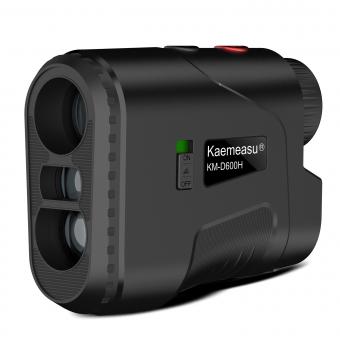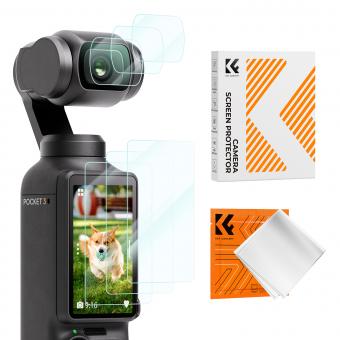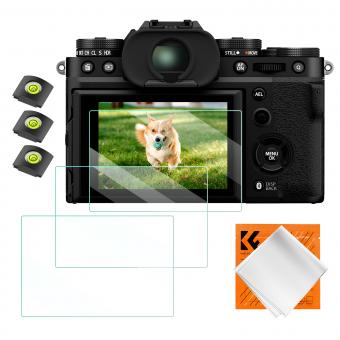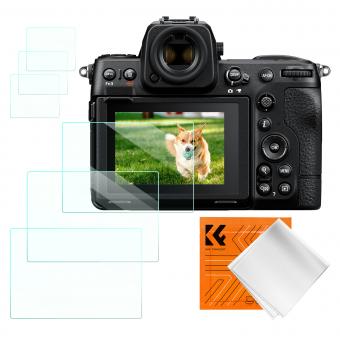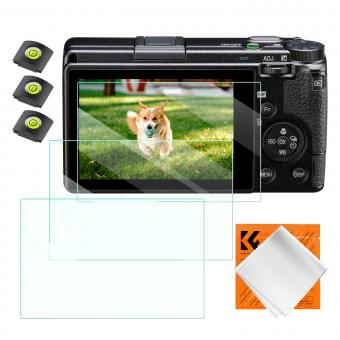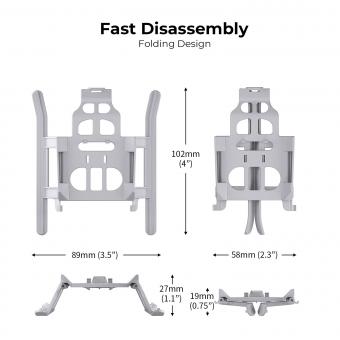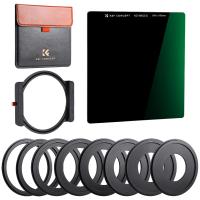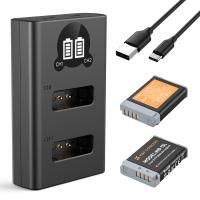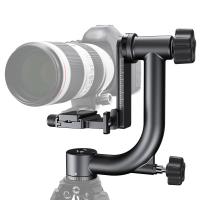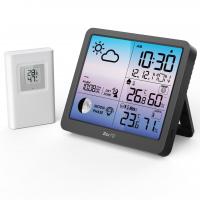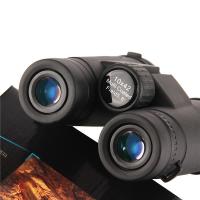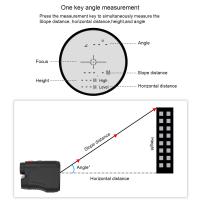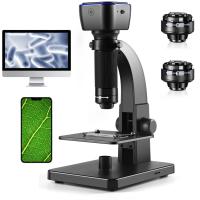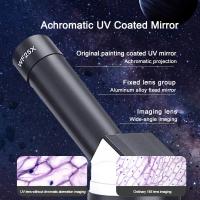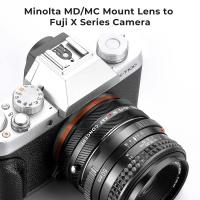How To Use A Rangefinder Film Camera ?
Using a rangefinder film camera involves a few key steps. First, load the film into the camera by opening the back and following the instructions provided. Next, set the ISO or film speed on the camera to match the film you are using. Adjust the focus by turning the focus ring until the image in the viewfinder appears sharp. Use the rangefinder mechanism to align the two images in the viewfinder, ensuring accurate focus. Set the desired aperture and shutter speed based on your shooting conditions. Finally, compose your shot and press the shutter button to capture the image. Advance the film after each shot using the film advance lever or knob. Repeat the process for each frame until the roll of film is finished. Once done, rewind the film back into the canister, remove it from the camera, and have it developed.
1、 Understanding the basics of a rangefinder film camera
Understanding the basics of a rangefinder film camera is essential for anyone looking to capture images using this classic and versatile tool. Rangefinder cameras have been around for decades and continue to be popular among photography enthusiasts and professionals alike. Here is a step-by-step guide on how to use a rangefinder film camera:
1. Familiarize yourself with the camera: Take the time to understand the different parts of the camera, such as the lens, viewfinder, film advance lever, and shutter release button. Each camera may have slight variations, so consult the user manual if needed.
2. Load the film: Open the back of the camera and carefully insert the film, ensuring it is properly aligned with the film sprockets. Close the back securely to prevent light leaks.
3. Set the ISO: Adjust the ISO setting on the camera to match the film speed you are using. This ensures accurate exposure calculations.
4. Focus using the rangefinder: Look through the viewfinder and align the two images in the center. Adjust the focus ring on the lens until the images merge into one, indicating that the subject is in focus.
5. Set the aperture and shutter speed: Depending on the lighting conditions and desired effect, select the appropriate aperture and shutter speed settings. These settings control the amount of light entering the camera and the duration of the exposure.
6. Compose your shot: Frame your subject using the viewfinder and make any necessary adjustments to achieve the desired composition.
7. Take the shot: Press the shutter release button gently to capture the image. Advance the film to the next frame using the film advance lever.
8. Repeat the process: Continue to compose and capture images until you have reached the end of the roll of film.
It's worth noting that while digital cameras have become more prevalent, rangefinder film cameras offer a unique shooting experience and a distinct aesthetic. They require a more deliberate and thoughtful approach to photography, as you cannot instantly review your images. This can be seen as a disadvantage by some, but many photographers appreciate the anticipation and surprise that comes with shooting on film.
In conclusion, understanding the basics of a rangefinder film camera is crucial for achieving successful results. By familiarizing yourself with the camera's functions and following the steps outlined above, you can begin to explore the world of film photography and enjoy the unique qualities it offers.

2、 Loading and advancing film in a rangefinder camera
Loading and advancing film in a rangefinder camera is a fundamental step in using this type of film camera. While the process may vary slightly depending on the specific model, the general steps remain the same. Here is a guide on how to load and advance film in a rangefinder camera:
1. Open the camera back: Most rangefinder cameras have a latch or button that allows you to open the back. Make sure you are in a dimly lit environment to avoid exposing the film to light.
2. Insert the film: Take the film canister and place it in the film chamber. Ensure that the film is properly aligned with the film sprockets and the film leader is securely attached to the take-up spool.
3. Thread the film: Pull out a small length of film from the canister and thread it through the film guides, ensuring it is properly engaged with the sprockets. Close the camera back securely.
4. Advance the film: Most rangefinder cameras have a film advance lever or knob. After closing the camera back, gently advance the film until it stops. This action will also cock the shutter for the first exposure.
5. Set the film counter: Some rangefinder cameras have a built-in film counter that automatically advances as you shoot. If your camera doesn't have this feature, manually set the film counter to "1" to keep track of the number of exposures.
6. Shoot and advance: After each exposure, use the film advance lever or knob to advance the film to the next frame. Make sure to follow the specific instructions for your camera model to avoid damaging the film or camera mechanism.
It's worth noting that while rangefinder cameras were popular in the past, they are less commonly used today due to the rise of digital photography. However, many photographers still appreciate the unique qualities and experience of shooting with film.

3、 Adjusting focus and using the rangefinder mechanism
Using a rangefinder film camera may seem daunting at first, but with a little practice, it can become second nature. One of the most important aspects of using a rangefinder camera is adjusting focus and utilizing the rangefinder mechanism.
To begin, set your desired aperture and shutter speed on the camera. Next, look through the viewfinder and locate the rangefinder patch, usually a small rectangular or circular area. This patch will help you achieve accurate focus.
To adjust focus, align the two images in the rangefinder patch. This is done by turning the focus ring on the lens until the two images merge into one. The rangefinder mechanism measures the distance between the camera and the subject, allowing for precise focusing.
It's important to note that rangefinder cameras have a parallax error, meaning the view through the viewfinder may not be exactly what the lens sees. This is especially noticeable when shooting close-up subjects. To compensate for this, some rangefinder cameras have frame lines that show the actual framing of the lens.
Additionally, modern rangefinder cameras often have electronic aids, such as focus peaking or digital rangefinders, which can assist in achieving accurate focus. These features overlay a highlighted outline or provide distance information in the viewfinder, making it easier to focus accurately.
Overall, using a rangefinder film camera requires practice and patience. Adjusting focus and utilizing the rangefinder mechanism is a fundamental skill that, once mastered, can result in beautifully focused images. So, grab your rangefinder camera, load some film, and start exploring the world of analog photography.

4、 Setting exposure and using the light meter in a rangefinder camera
Setting exposure and using the light meter in a rangefinder camera is a fundamental skill that every photographer should master. While modern digital cameras have advanced metering systems, understanding how to use a rangefinder camera's light meter can help you achieve accurate exposures and enhance your photography skills.
To begin, ensure that your rangefinder camera's battery is charged and functioning properly, as the light meter relies on it. Next, set the ISO/ASA dial on the camera to match the film speed you are using. This ensures that the light meter accurately measures the available light.
To use the light meter, look through the viewfinder and adjust the shutter speed and aperture until the needle or indicator aligns with the center of the meter. The needle indicates the camera's recommended exposure settings based on the available light. Adjusting the shutter speed controls the duration of the exposure, while the aperture controls the amount of light entering the camera.
It's important to note that the light meter in a rangefinder camera may not be as advanced as those found in modern digital cameras. Therefore, it's advisable to use the light meter as a starting point and make adjustments based on your creative vision and the specific lighting conditions. Additionally, consider using a handheld light meter or relying on your own experience to fine-tune the exposure settings.
In conclusion, setting exposure and using the light meter in a rangefinder camera is a skill that requires practice and understanding. While the light meter provides a helpful starting point, it's essential to consider other factors such as creative intent and lighting conditions to achieve the desired exposure.



